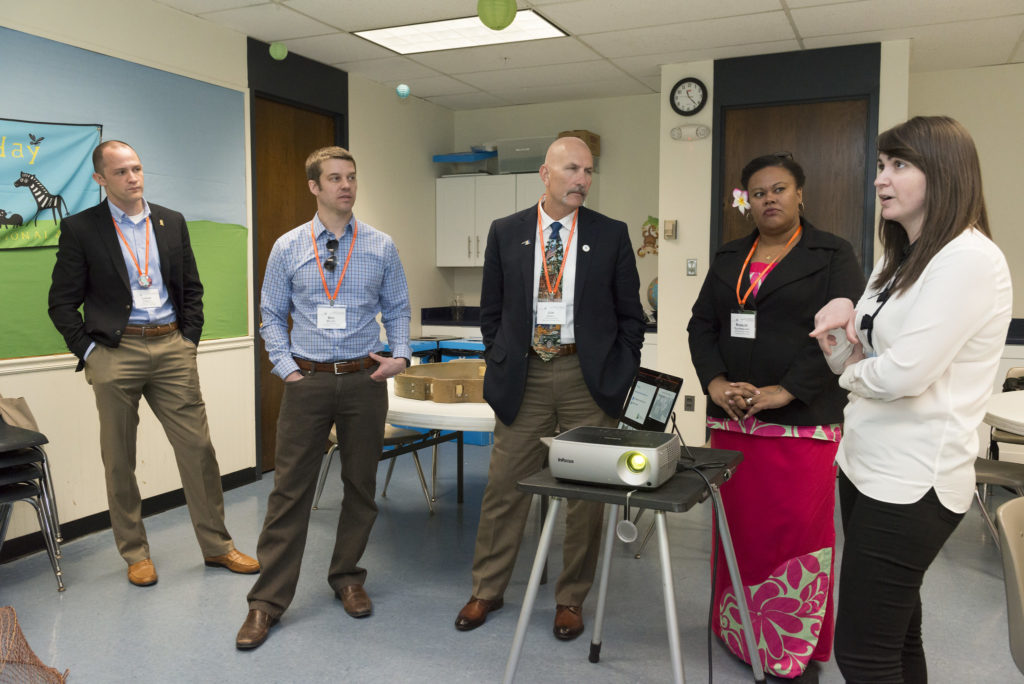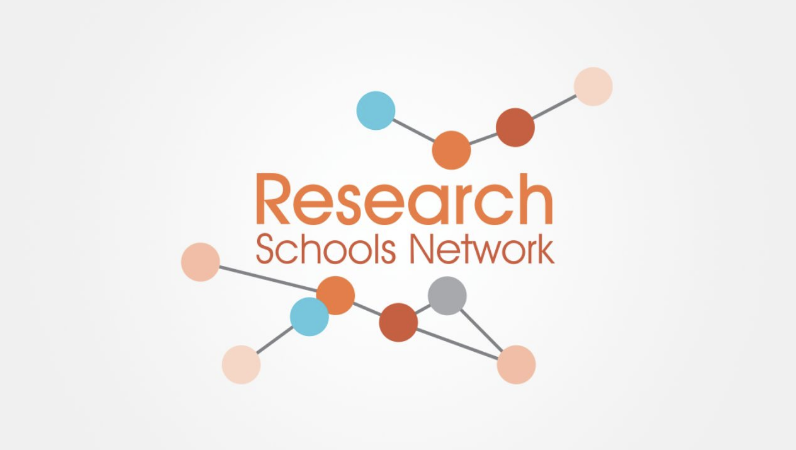
Our education elves are coming out of hibernation and are looking forward to highlighting and interrogating the latest research pertinent to our colleagues in education.
We’ll be publishing regular blogs and discussing the implications on social media. You can follow the Education Elf on Twitter or Facebook. Do drop us a line if you know about recent research that you think we should be summarising, or get in touch if you fancy writing blogs on this website yourself.
Of course, there’s little point in being aware of the research if you’re not in a position to implement it, so we’re going to start by summarising the Education Endowment Foundation’s comprehensive report: “Putting evidence to work: a school’s guide to implementation“.

You can follow the Education Elf on and social media, and drop us a line if you know about recent research that you think we should be summarising.
Methods
The guidance draws on a series of recent reviews that summarise and interpret research on implementation in education. The reviews were supplemented by insights from the wider literature on implementation science, as well as findings from individual studies, including the EEF’s own evaluations of education interventions.
In order to make the guidance as accessible and useful as possible, the team aimed to keep it relatively brief (a good call as it still runs to over 40 pages) and to highlight areas where the existing evidence is not regularly applied.
The guidance is aimed at senior leaders, teachers and other educators interested in making practical changes to their individual, departmental or whole school practice in response to the evolving evidence base.

This guidance from the Education Endowment Foundation is aimed at senior leaders, teachers and other educators interested in making practical changes to their individual, departmental or whole school practice in response to the evolving evidence base.
Recommendations
The report works through six recommendations. The first two steps are about creating the appropriate foundations for implementation:
- Treat implementation as a process, not an event; plan and execute it in stages.
- Create a leadership environment and school climate that is conducive to good implementation.
Steps three to six explore well-established stages of implementation:
- Explore: Define the problem you want to solve and identify appropriate programmes or practices to implement
- Prepare: Create a clear implementation plan, judge the readiness of the school to deliver the plan, then prepare staff and resources
- Deliver: Support staff, monitor progress, solve problems, and adapt strategies as the approach is used for the first time
- Sustain: Plan for sustaining and scaling an intervention from the outset and continually acknowledge and nurture its use.
Each of the four steps is explored in depth; the rationale behind the recommendation is shared along with examples of applying it. Common issues are explored as well as best practice for implementing in a range of circumstances. Most helpfully, each recommendations comes with an implementation checklist, which helps readers to assess their readiness for this stage of implementation and to focus on areas where there is a need to build skills, resource, understanding or capacity.
To give you a flavour of the checklists, here is the checklist for recommendation 5 around delivery:
- Are we able to respond to challenges that arise during the initial stages of using a new approach? Can we use existing structures and processes or are novel solutions required?
- Is appropriate follow-on support available to embed new skills and knowledge developed during initial training, in the form of coaching, mentoring, and peer-to-peer collaboration?
- Is the intervention being implemented as intended? Are the active ingredients being observed in day-to-day practice?
- Does implementation data suggest we need to adapt our implementation strategies?
These checklists are a great starting point for leaderships teams working together to implement change and are a fast way to audit current practice and highlight areas of strength and weakness. Detail is provided within each section about how to meet the requirements within the checklist and detailed examples and case studies ensure that the guidance is very practically based and it’s relatively easy for the reader to get an understanding about how the recommendation might be applied in their setting.

These checklists are a great starting point for leaderships teams working together to implement change.
Limitations
The report’s authors highlight the fact that the report consists of the best recommendations that can be made, based on the available evidence at this time; sometimes this has meant drawing inspiration from work in other fields such as healthcare and social work.
The recommendations are all evidence-based, but the overall approach is new and has not been evaluated yet and should therefore be treated as “a snapshot of promising evidence in implementation and an introduction to a rapidly developing field”.
Conclusions
The guidance is a clearly presented, easy to implement set of recommendations that provide education settings with useful scaffolding and guidance for implementing evidence-based interventions. Despite best efforts to keep the guidance succinct, colleagues may be daunted by the length of the report and may fear that this process of implementation might result in additional workload. However, the logical, applied, evidence-based approach outlined in the EEF’s recommendation is one that will, I believe, give schools a clear framework for deciding what, when and how to implement new approaches as well as providing a framework for adapting interventions to meet teacher and learner needs, and to assess the impact of interventions that have been implemented.

This EEF report is an easy to implement set of recommendations that provide education settings with useful scaffolding and guidance for implementing evidence-based interventions.
Suggested next steps
Many colleagues reading this will be doing so because they want to learn more about how to implement evidence-based approaches in their school. Suggested next steps would be to read the report in full and trial the approach; adapting it to meet the needs of your teachers and learners.
You may also be interested in learning more about the Research School Network, developed by the Education Endowment Foundation and Institute for Effective Education. It is a regional network of schools that can offer support and training on effective implementation. Contact Stuart Mathers at the EEF for information on support in your region.

The Research Schools Network is a collaboration (EEF & IEE) to create a network of schools that support the use of evidence to improve teaching practice.
Links
Primary paper
Education Endowment Foundation (2018) Putting evidence to work: a school’s guide to implementation. EEF Guidance Report (February 2018).
Other references
Photo credits
- Photo by Diego PH on Unsplash
- Smithsonian Education CC BY 2.0
